
CPR in Schools: Get Your Students and Teachers Certified!
CPR In Schools For Students And Teachers
One of the most effective ways to enhance safety is through CPR in schools. By equipping both teachers and students with CPR skills, schools can create a safer environment and prepare individuals to respond effectively to emergencies. Several different CPR for teachers and CPR for students classes designed specifically for school use are available from Illinois Safety. Our programs, from Basic Life Support to HeartSaver CPR AED, are designed to empower both students and teachers with life-saving skills. For more information, visit our FAQ page or contact our team directly at (630) 290-4280.
Why CPR In Schools Is Essentials
CPR in schools is crucial for several reasons. Schools are environments where large groups of people gather daily, increasing the likelihood of emergencies. According to the American Heart Association, sudden cardiac arrest is a leading cause of death in the United States, with many cases occurring outside of hospitals. In a school setting, immediate and effective response to cardiac emergencies can be the difference between life and death. Training both students and teachers in CPR ensures that there are more trained individuals on-site who can respond quickly to emergencies.
Benefits Of CPR For Teachers
Teachers play a critical role in ensuring the safety of their students. In the event of a cardiac emergency, the ability to respond immediately with CPR can save a life. CPR training also boosts teachers’ confidence and preparedness. Knowing that they have the skills to handle emergencies can reduce anxiety and increase their sense of security. This confidence translates into a more reassuring presence in the classroom, which is beneficial for both teachers and students.
Immediate Response To Emergencies
Teachers play a critical role in ensuring the safety of their students. In the event of a cardiac emergency, the ability to respond immediately with CPR can save a life. For instance, there have been numerous cases where teachers trained in CPR have successfully resuscitated students or colleagues experiencing cardiac arrest. This immediate response is crucial because the chances of survival decrease significantly with every minute that passes without intervention. CPR in schools training equips teachers with the skills needed to act confidently and effectively in such situations.
Enhancing Teacher Confidence And Preparedness
CPR training also boosts teachers’ confidence and preparedness. Knowing that they have the skills to handle emergencies can reduce anxiety and increase their sense of security. This confidence translates into a more reassuring presence in the classroom, which is beneficial for both teachers and students. Moreover, teachers often serve as role models; demonstrating the importance of being prepared can inspire students to take CPR training seriously and value the skills they acquire.
Benefits Of CPR For Students
Teaching students CPR skills early in life is immensely valuable. Young people trained in CPR are equipped with the knowledge and confidence to respond to emergencies, both in school and in the community. This empowerment can lead to increased self-esteem and a sense of responsibility. Additionally, students who learn CPR are more likely to intervene and provide assistance during emergencies, potentially saving lives in various settings.
Empowering Students With Life-Saving Skills
Teaching students CPR skills early in life is immensely valuable. Young people trained in CPR are equipped with the knowledge and confidence to respond to emergencies, both in school and in the community. This empowerment can lead to increased self-esteem and a sense of responsibility. Additionally, students who learn CPR are more likely to intervene and provide assistance during emergencies, potentially saving lives in various settings.
Promoting A Culture Of Safety In Schools
CPR training fosters a culture of safety and preparedness within schools. When students are trained in CPR, they become more aware of the importance of health and safety measures. This awareness can lead to safer behaviors and a more supportive school environment. Encouraging students to take responsibility for their peers’ safety also promotes a sense of community and cooperation, which are essential components of a positive school culture.
Types Of CPR Training Programs For Schools
Different types of CPR training programs cater to the unique needs of schools. Basic Life Support (BLS) for teachers and staff, and HeartSaver CPR AED for students, are two excellent options. These programs ensure that both educators and students are equipped with the necessary skills to handle emergencies.
Basic Life Support (Bls) For Teachers And Staff
Basic Life Support (BLS) training is designed for teachers and school staff. This comprehensive course covers high-quality CPR, automated external defibrillator (AED) use, and the relief of choking in adults, children, and infants. BLS training is essential for ensuring that staff members are prepared to handle a wide range of emergencies. For more details about the BLS course, visit our classes page.
Heartsaver CPR Aed For Students
The HeartSaver CPR AED course is ideal for students. This program teaches students how to perform CPR, use an AED, and provide first aid in a variety of emergency situations. The course is designed to be engaging and accessible for young learners, ensuring that they can grasp the concepts and apply them effectively. By training students in HeartSaver CPR AED, schools can significantly enhance their overall safety preparedness. For more information on the HeartSaver CPR AED course, visit our classes page.
Integration Of CPR Training Into School Curriculums
Integrating CPR training into the school curriculum is an effective way to ensure that all students receive this essential education. Schools can incorporate CPR training into health or physical education classes, making it a mandatory part of the curriculum. Successful implementations of CPR training in schools have shown that students not only learn valuable skills but also develop a deeper understanding of the importance of emergency preparedness. Schools can also collaborate with professional training providers like Illinois Safety to deliver high-quality training programs.
How To Implement CPR Training In Your School
Implementing CPR training in schools involves several steps:

Assess Your School’s Needs
Determine the number of teachers and students who need to be trained. Consider the size of your school and any specific requirements or risks associated with your environment.
Choose The Right Training Programs
Select training programs that are appropriate for your staff and students. Basic Life Support (BLS) for staff and HeartSaver CPR AED for students are highly recommended.
Schedule Training Sessions
Work with a professional training provider like Illinois Safety to schedule convenient training sessions. Ensure that the sessions are accessible to all participants and do not disrupt the regular school schedule.
Promote The Training
Inform students, parents, and staff about the importance of CPR training. Highlight the benefits and encourage participation. You can use newsletters, school websites, and social media to spread the word.
Integrate Training Into The Curriculum
Make CPR training a mandatory part of the health or physical education curriculum. This ensures that all students receive the training and understand its importance.
Provide Ongoing Support: After the initial training, provide opportunities for refresher courses and additional practice sessions. This helps maintain skills and ensures that everyone remains prepared.
CPR training is a critical investment for schools. It enhances the safety and well-being of students and staff, empowers individuals with life-saving skills, and fosters a culture of preparedness. For the specific requirements of educational institutions, Illinois Safety provides numerous CPR training programs. Ensure your school is ready to handle emergencies by getting your students and teachers certified. Check our FAQ page for any of your questions or contact us at (630) 290-4280 to learn more. Your commitment to safety starts here. By prioritizing CPR training, you are taking an important step towards creating a safer, more secure environment for everyone in your school community.
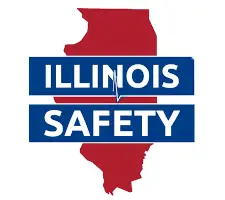
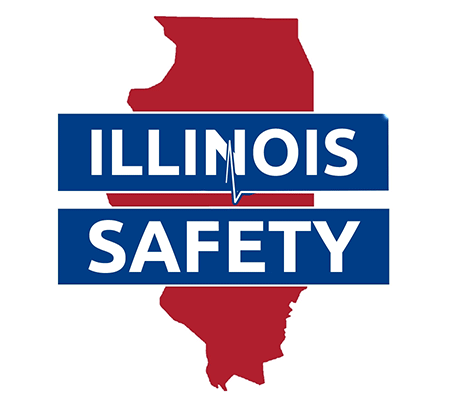























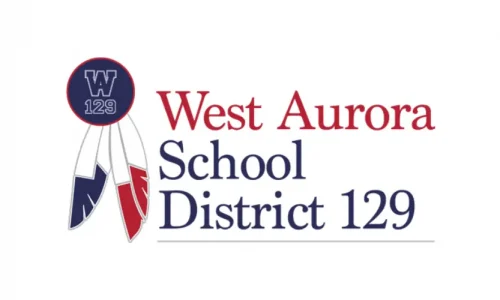


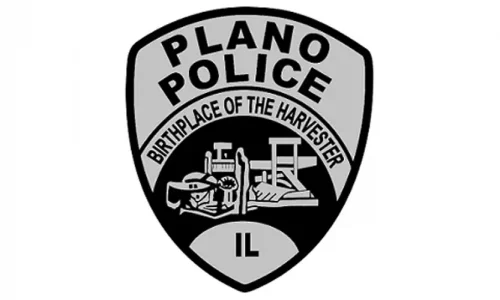
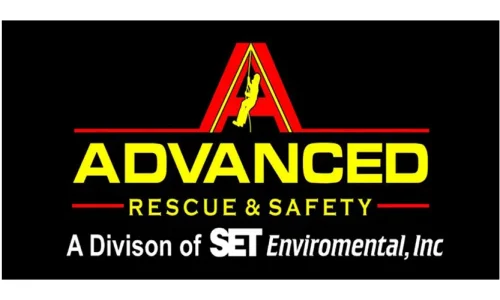


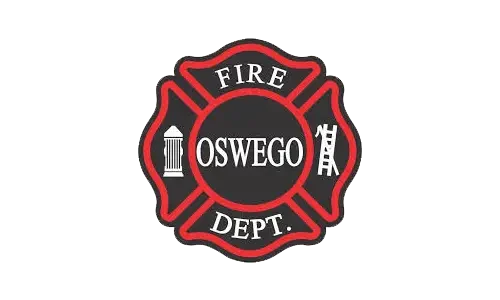
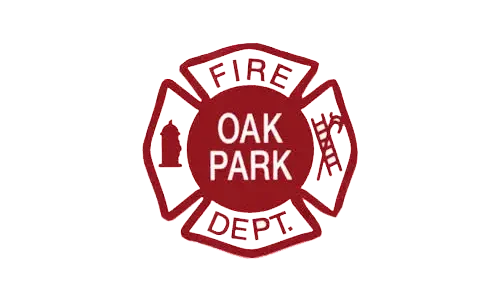










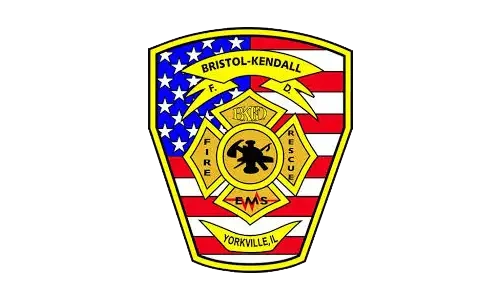







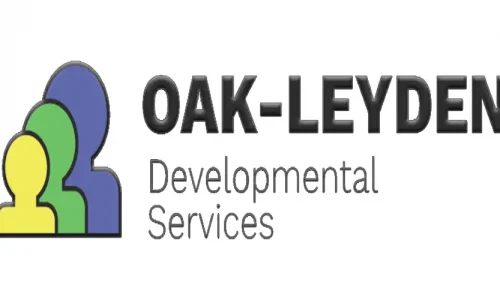








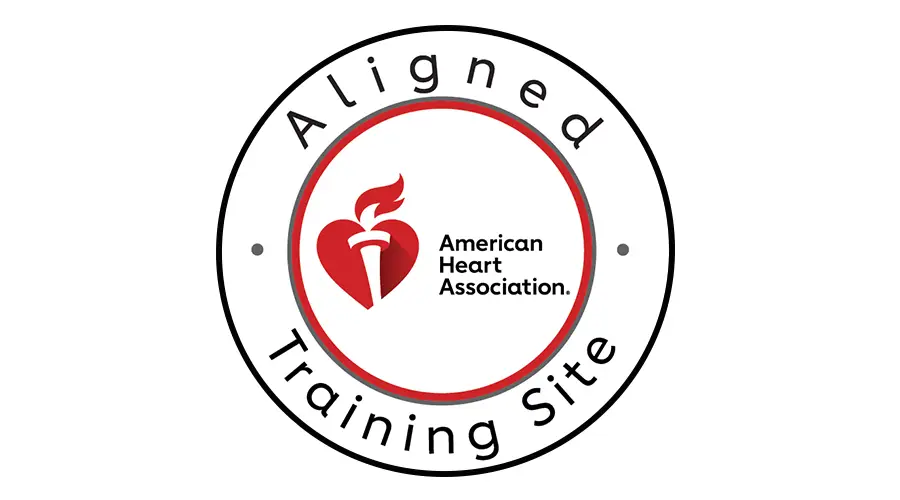
 Powered by
Powered by